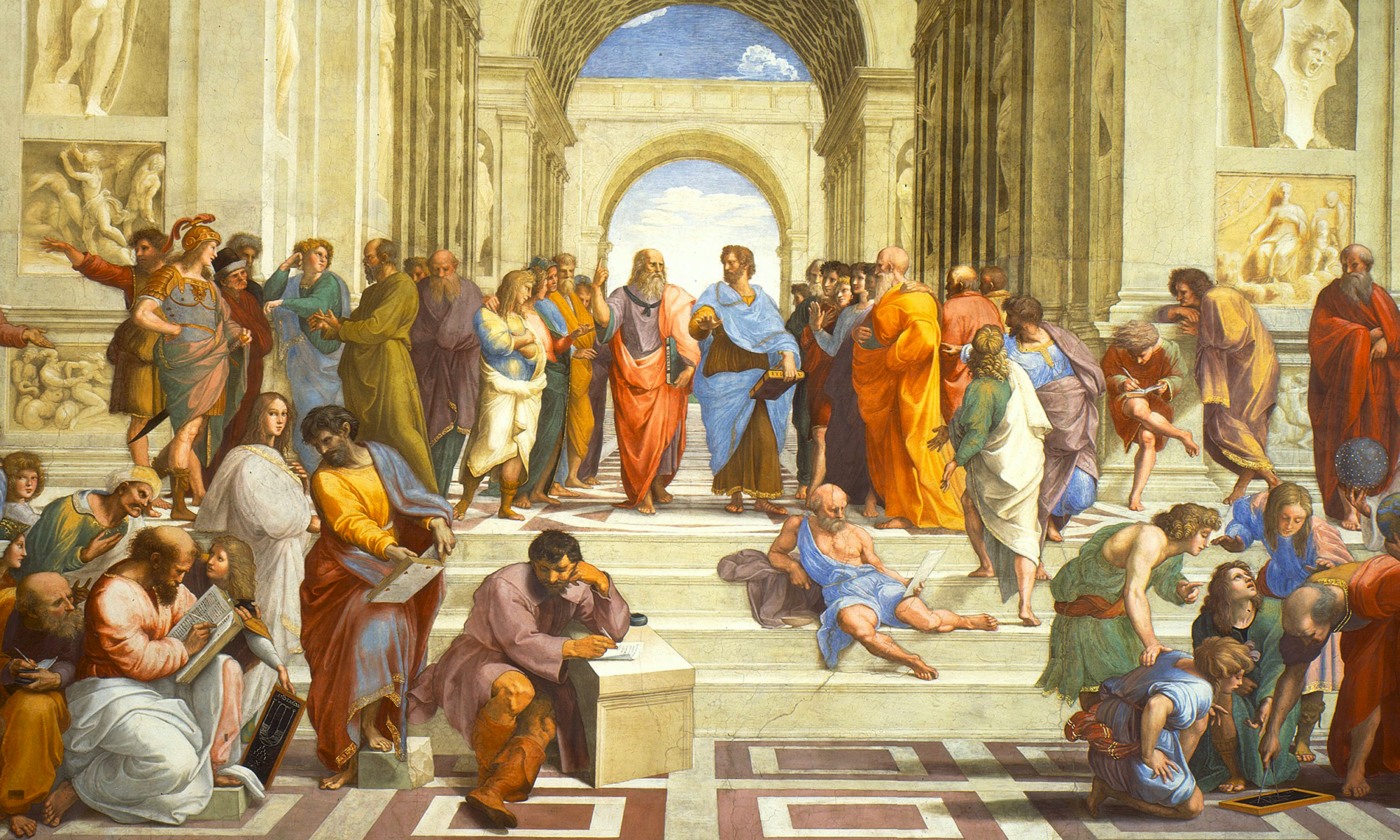Are you going to SBL in San Diego? I am, and I’d love the chance to talk with any of you who are going to be there. If you will be there, contact me via the Contact page here.
Jonathan Robie and I will be doing a presentation on Monday afternoon/evening for a joint session of the Global Education and Research Technology Section and the Academic Teaching and Biblical Studies Section. This is a themed session entitled “Teaching the Bible in an Open World: Open Resources for Teaching and Learning with the Bible” (S24-317a). Our presentation is entitled Greek Syntactic Analysis for Humans (“Does this analysis make my text look fat?”). Here’s the abstract:
By exposing the internal structure of a text, syntax trees represent important elements of meaning, and can be used to explain difficult constructs, teach Greek reading skills or for syntactic queries. But the phrase-structure syntax trees most widely used in biblical studies are redundant, complex, based on theories that are no longer widely accepted, and poorly model the function of the Greek verb. We combine the strengths of dependency grammars and phrase structure grammars to create a more flexible and powerful model. We use a hybrid approach. Some features of Greek syntax, such as Noun Phrases and Prepositional Phrases, neatly fit traditional phrase structure categories. Verbs do not. We represent verbs and their relationships with phrase structures in terms of a verb’s arguments. We have created an analysis using this model, based on the Global Bible Initiative (formerly Asia Bible Society) Greek New Testament syntax trees from biblicalhumanities.org (a phrase structure treebank) and the PROEIL treebank of the New Testament created by Dag Haug (a dependency structure treebank). Using Koine Greek texts, we present new ways to visualize the structure of Greek syntax that are simpler and more closely fit the language. Users can examine texts directly, choosing whether to highlight phrase structure (our Phrase View) or verbs and their relationships to surrounding constituents (Verb View). The same model can be used to better support syntactic queries and for teaching the Greek language.
Our presentation is the last of five in this session that runs from 4:00 to 6:30 pm. Ours is likely to start around 6:00. Unfortunately, this session is scheduled at the same time as one of the meetings of the Biblical Greek Language and Linguistics Section. Oh well… no schedule is perfect.
I hope to see you there.
